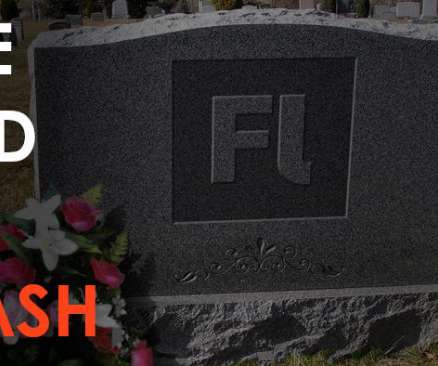Adaptive and Responsive Design for eLearning: Part 2
eFront
DECEMBER 29, 2015
All that designers had to do was to provide a nice looking screen layout and graphics, add a few animations and activities and publish the course, which really meant exporting the lot to Flash. The first and most important thing of course is to publish courses to HTML5 rather than Flash wherever possible. Not any more.















Let's personalize your content